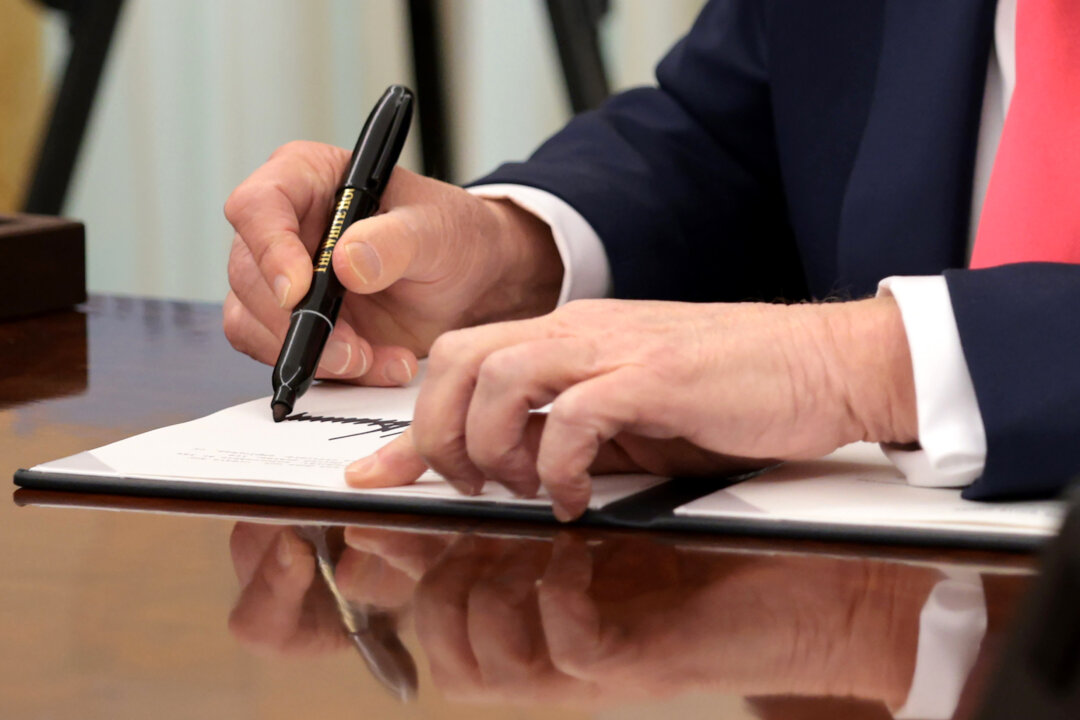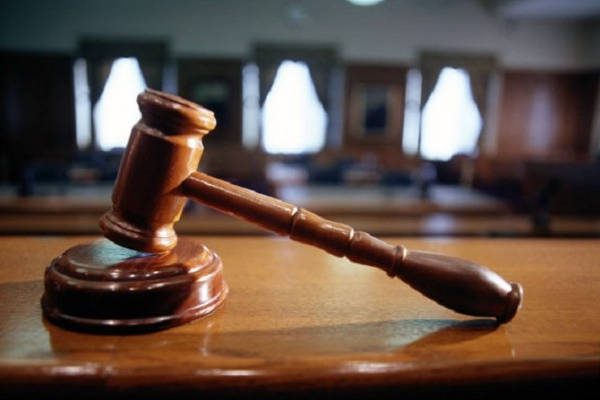[fusion_dropcap boxed="no" boxed_radius="" class="" id="" color="" hue="" saturation="" lightness="" alpha="" text_color=""]T[/fusion_dropcap]his year’s Anzac Day is a good time for Australians and New Zealanders to remember not just Gallipoli, where 8,709 were killed, but the liberation of much of the Middle East from over four hundred years of Turkish colonial rule. Almost every town and village in Australia has a statue of a soldier in slouch hat with rifle reversed, at which wreaths are laid every year on 25th April, ANZAC day. The volunteer soldiers of the Australia New Zealand Army Corp were sent to the Middle East to help the British and their Allies repulse the troops of the Ottoman Empire and their German allies.
It would also have been a good time for those who desecrate WWI memorials in Australia in support of Palestine, to reflect on what they owe to those young Australian soldiers who died in that war. Withdrawing from Gallipoli, the Allies regrouped in Egypt and, after stopping the Turkish attempt to capture the Suez Canal at the battle of Romani, they advanced across the Sinai Desert and through Rafah, then as now the boundary between Egypt and what was then the southernmost Ottoman province of ‘Syria’. Then on they went through Khan Younis towards Jerusalem and Damascus, aiming to drive the Turks right out of the Middle EastFig 1: Trooper’s sketch map of the 1917 Palestine campaignThe Australian contingent were mainly Light Horse regiments, mostly country lads raised in the saddle, and they were able to put the wind up the Turks by their skill in fighting on horseback in desert conditions.

With their slouch hats and emu feathers they approached the conflict with gusto, determined to make up for their defeat at Gallipoli.The first defensive position ahead of them was Gaza, the southernmost bastion of the rapidly decaying Ottoman empire. It was well defended and after two failed attacks, a flanking move saw the Light Horse move to take Beersheba on the eastern end of the Turkish front line.
A stalemate threatened, but was broken on October 31, 1917, by the Australian 4th and 12th Light Horse Brigade, with a mad gallop across a mile of flat ground. Their only defence was speed, which regularly spoiled enemy range finding efforts, and so it was on this day as the 900 horsemen charged against fully manned trenches and German supervised machine gun posts. It was the last victorious cavalry charge in the history of war.
Gaza was captured a week later.To the east, Lawrence of Arabia, famously leading King Faisal’s Arab troops, captured the port of Aqaba on the eastern branch of the Red Sea, then rejoined the rest of the Allied forces. Next to fall was Jordan and the Mediterranean port of Jaffa/Haifa, taken by the New Zealand ANZACs, or En Zeds as they were affectionally known during the campaign, and on December 8, 1917, Jerusalem, then just an unimportant provincial town in the Ottoman Empire fell to the Allies.
The final battle came on September 25, 1918, at Megiddo, south west of Nazareth, and saw the collapse of the Turkish forces; the following day, the 4th and 10th Light Horse entered Damascus. There have been many battles around Megiddo, the first recorded being the victory of the Egyptians over the Canaanites around 1500 BC. A later battle in 609 BC saw Egypt victorious again, this time over the Kingdom of Juddah.
The Levant, as this narrow strip of cultivable land on the eastern seaboard of the Mediterranean is also called, has been fought over endlessly. Megiddo, previously known as Armageddon, is where, according to the Book of Revelations, the final battle between the forces of good and evil will take place.For the Turks, it did indeed prove to be their final battle.
On October at Mudros on the Greek island of Lesbos, Turkey, which had chosen the wrong side in WWI, now had to formally surrender all of their remaining colonial possessions in what would become Iraq, Syria, Lebanon, Jordan, Israel and Palestine and Yemen.[fusion_dropcap boxed="no" boxed_radius="" class="" id="" color="" hue="" saturation="" lightness="" alpha="" text_color=""]M[/fusion_dropcap]odern Palestinians are newcomers to a region which has been ruled over variously by Canaanites, Egyptians, Philistines, Jews, Babylonians, Persians, Macedonians, Romans, Christian Byzantines, Muslims, Christian Crusaders, Ottoman Turks from 1517 and, briefly after WWI, the British and French. The name Palestine, first mentioned by Herodotus, was derived from Philistines, one of the two inveterate enemies of the Jews.
The other Biblical enemy were the Amalekites, ancestors of today’s Bedouin who seem always to have been there, even managing a small empire from time to time.Jerusalem became the Jewish capital around 1,000 BC after their return from captivity in Egypt, then in 586, the Babylonians destroyed the first temple and famously took the Jews into captivity, from which they were released around 450 BC by the Persians, returned to Jerusalem to build the Second Temple, which was destroyed by the Romans in 70BC, and the Jews were cast out yet again.Many have been taught that this was a war that Australia did not need to get involved in, but they forget Northern Papua and the islands of the Bismark Archipelago and Solomon Islands to the north east were German Colonies.
Had Germany won the war and been awarded the rest of PNG and Queensland, I might be writing this in German.The nay-sayers also forget that well over 90% of the five million Australians were either British born or descended from British forebears, so their response to Germany’s invasion of France was to join with the ‘Mother Country’ in her hour of need, just one reason why the ANZACS were all volunteers. Oddly for some perhaps, by today’s woke standards, from 1917, around 1,000 ‘First Nations People’ also volunteered.
Australian passports weren’t introduced until September 1912, and not made mandatory until 1915, so most ANZACs, as subjects of George V, King of the UK, the British Dominions and Emperor of India, travelled to war on their British passports. This was absolutely not a foreign war, just as it wasn’t for the Irish, Scots, Welsh, Canadians, Fijians, Indians, South Africans, Rhodesians and many other ‘colonial’ volunteers. To view their actions through post-colonial spectacles, is to dishonour their dedication to their culture and history.
In 1980s Australia, my children were taught that ‘the thing in the corner of the Australian flag’ should not be there as it was ‘another country’s, flag’ and ‘had nothing to do with Australia.’ How could their teachers do this?When WWI ended, the people colonised by the Ottomans were at last free from Turkish overlordship, thanks in part to the ANZACS. and without whose sacrifice, modern-day Syria, Lebanon, Israel, Palestine, Iran, Iraq and Saudi Arabia would not exist.
Prior to WWI, the empire had included Bulgaria, Serbia, Bosnia, Kosovo and Romania. Always pushing westwards, the Turks had previously controlled Greece and Crimea and had tried three times to conquer Austria, the last in 1788, the same year that the First Fleet arrived in Sydney Cove.Much of the day-to-day reality of this struggle was recorded through the eyes of Ion Idriess, a trooper the 5th Light Horse and can be read in his memoir, ‘The Desert Column’, first published in 1932 with the author’s own sketch map of the battle zone (shown above) in what he called ‘Palestine’.
Perhaps those who painted red graffiti on memorials to the brave young men including my wife’s grandfather, who had played such an important part in liberating their great grandparents from colonial rule, should take the knee and apologise? And realise just how much ANZAC Lives Matter.Howard Dewhirst lives and writes in Burleigh HeadsThe post ANZACs, Liberators of the Middle East first appeared on Quadrant..
Politics

ANZACs, Liberators of the Middle East
It's the time of year when historians of the Left paint Diggers as agents of imperialism. Never said is that their efforts ended Ottoman tyranny















